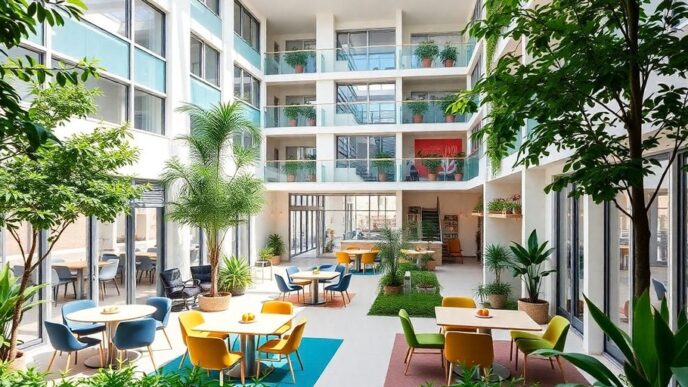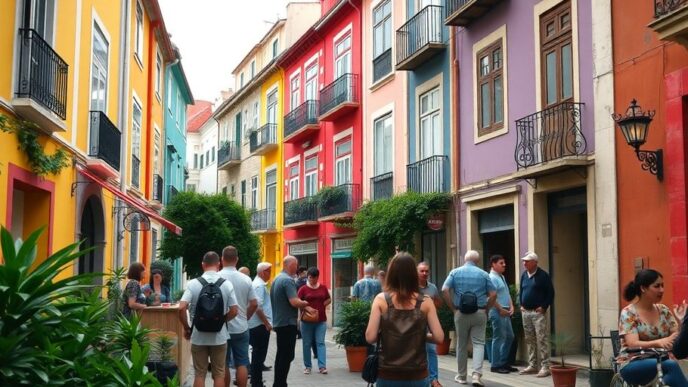Lisbon is taking significant steps to address the challenges posed by gentrification and mass tourism, aiming to restore the city’s social fabric and bring back its original residents. The initiative, known as the “Return to the Neighborhood” program, seeks to recover vacant municipal housing and provide affordable living options for those displaced by rising rents and tourism-driven changes.
The Impact of Gentrification
Gentrification in Lisbon has led to a significant loss of local residents, particularly in historic neighborhoods. Many families, like that of Vanessa Rocha, have been forced to leave their homes due to rising rents and the conversion of residential properties into short-term vacation rentals. This trend has not only displaced residents but has also diminished the cultural and social fabric of the city.
According to research, the Santa Maria Maior district has seen a dramatic decline in family housing, coinciding with an increase in tourist accommodations. In 2018, there were 3,666 short-term rental units in the area, contributing to the housing crisis.
The Return To The Neighborhood Program
The “Return to the Neighborhood” initiative, championed by Miguel Coelho, president of the Santa Maria Maior Parish Council, aims to recover vacant municipal houses and offer them to former residents at affordable rents. The program is still in its early stages, but it represents a proactive approach to combat the effects of gentrification.
While the initiative is promising, challenges remain. The Parish Council lacks direct control over vacant buildings, and the implementation of the program depends on collaboration with the Lisbon City Council. Additionally, the program must address broader issues that contribute to residents leaving, such as noise, lack of facilities, and the disappearance of traditional commerce.
Conclusion
Lisbon’s “Return to the Neighborhood” program represents a crucial step in combating the adverse effects of gentrification and mass tourism. By focusing on restoring affordable housing and engaging with the community, the city aims to reclaim its identity and ensure that its historic neighborhoods remain vibrant and inclusive for all residents.












